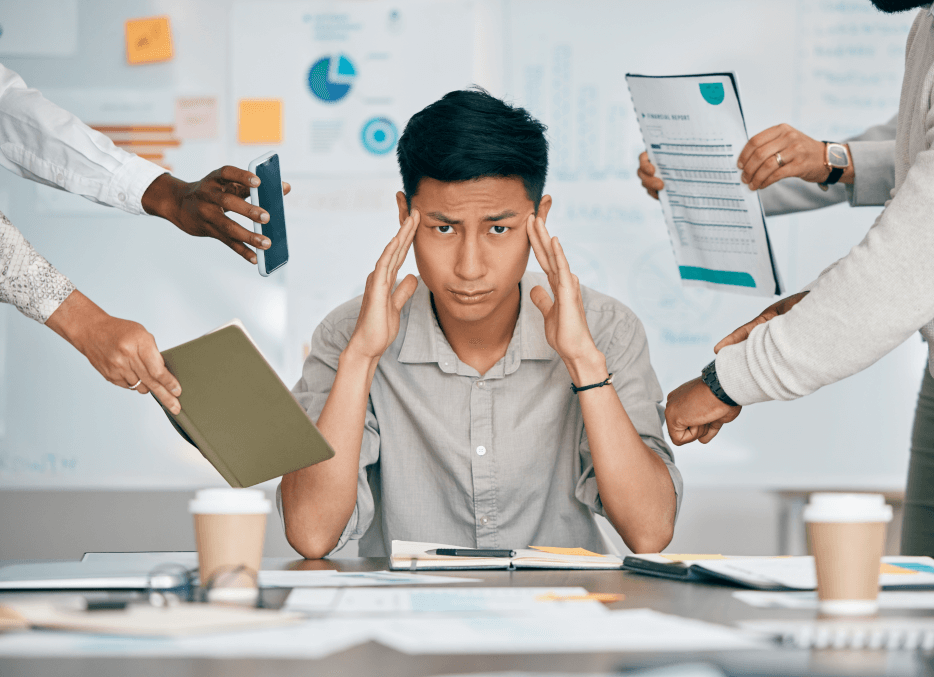“If exercise could be packed in a pill, it would be the single most widely prescribed and beneficial medicine in the nation.”
– Dr. Robert Butler, founder of the National Institute of Aging.
Aside from diet, exercise is an extremely important factor in longevity. A large study of over 600,000 people found that those doing the recommended amount of exercise had a 20% lower risk of death than those who were physically inactive.
But you don’t have to hit the gym. Walking and running are great ways to improve or maintain your health. They are activities which require minimal equipment, are free or low cost, and can be done almost anywhere at whatever pace you feel comfortable with.
Regular walking or running improves aerobic fitness which make them very beneficial for cardiovascular health. If you are new to exercise, then it doesn’t need to be vigorous or lengthy in order to improve your health. Some studies have shown that inactive people that begun low levels of exercise – around 75 minutes of walking per week – improved their fitness levels significantly.
Aside from cardiovascular fitness, regular weight-bearing aerobic exercise like walking and running can:
- strengthen bones, posture, and balance.
- help manage body fat.
- boost muscle power and endurance.
- improve the management of high blood pressure, high cholesterol, joint and muscular pain.
- reduce your risk of chronic diseases such as heart disease, stroke, type 2 diabetes, osteoporosis and some cancers.
You may have heard of these physical health benefits before. But did you know regular aerobic exercise like walking and running also induce many physiological and psychological changes which help your mental health? Some of these include:
- changes in your brain which help you become more resilient to stress.
- improvements in working memory, focus, and task-switching abilities.
- enhanced sleep quality and ability to focus during the day.
- improved mood and decreased depressive symptoms.
So now you know the why, how do you get started? Just like a toddler, you should walk before you run. For beginner walkers, keep the following tips in mind:
- Walk short distances – start with a five-minute stroll and slowly increase your distance.
- Forget about speed – start off walking at a comfortable pace. Focus on maintaining good posture, by keeping your head lifted and shoulders relaxed.
- Swing your arms naturally and breathe deeply. If you can’t catch your breath, slow down or avoid hills.
- Be sure that you can talk while walking. If you can’t speak, you are walking too fast.
- Spend 15 minutes exercising during your lunch break. You’ll eat less while clocking up more active minutes.
Becoming physically active after the age of 40 can reduce your risk of heart disease by 55%, compared to those who had been inactive all their lives. Get walking (then running) to reduce your risk.
Our group exercise sessions or fitness-based competitions are a great way to promote physical activity and health and wellness while generating enthusiasm and enjoyment amongst your employees. Sessions cater for all levels of fitness and strength to help your employees meet their overall wellness goals. Contact us to learn more.






